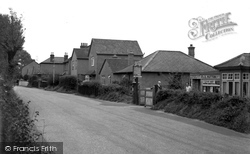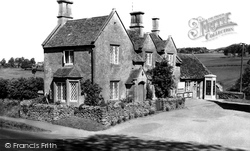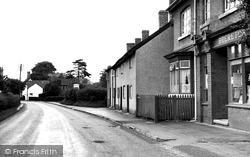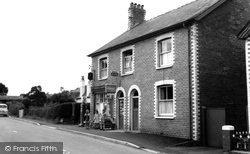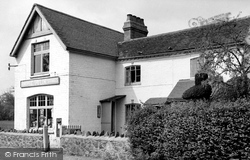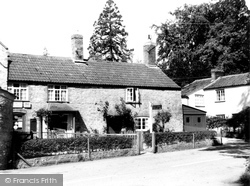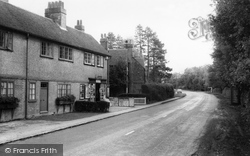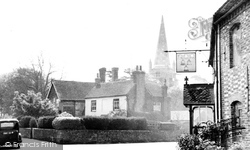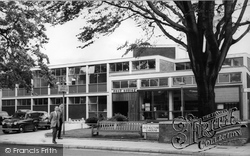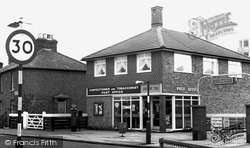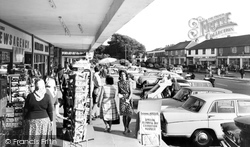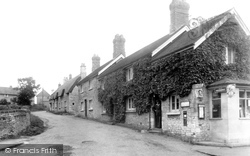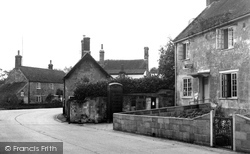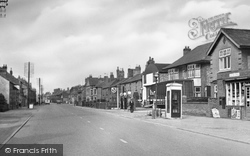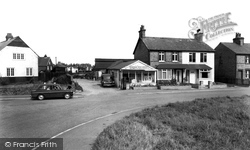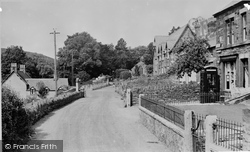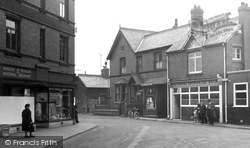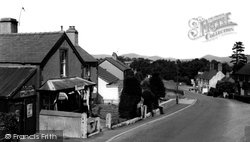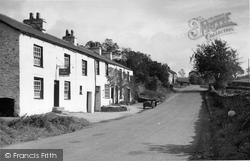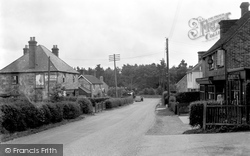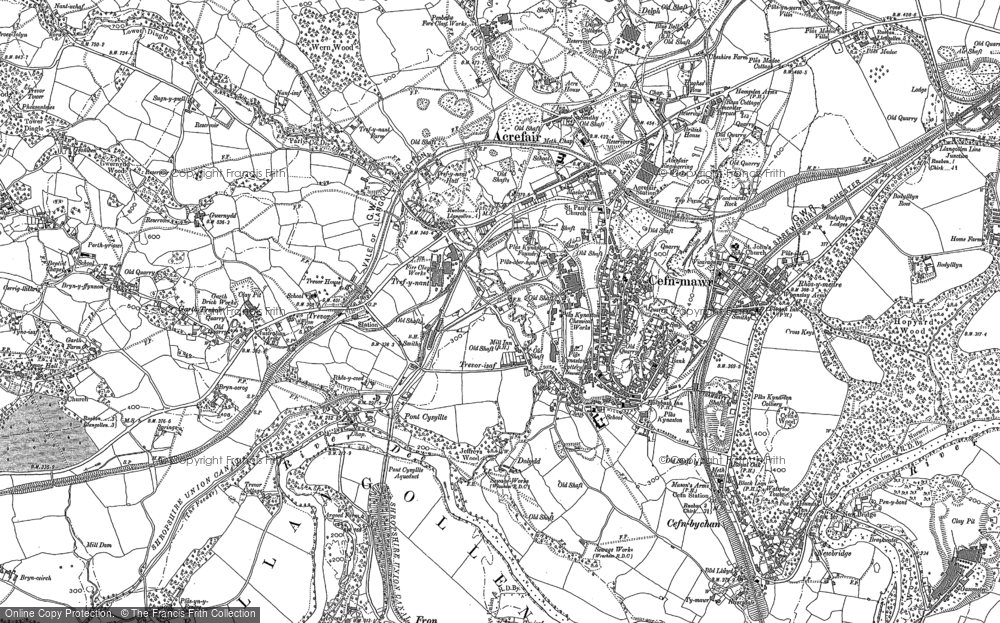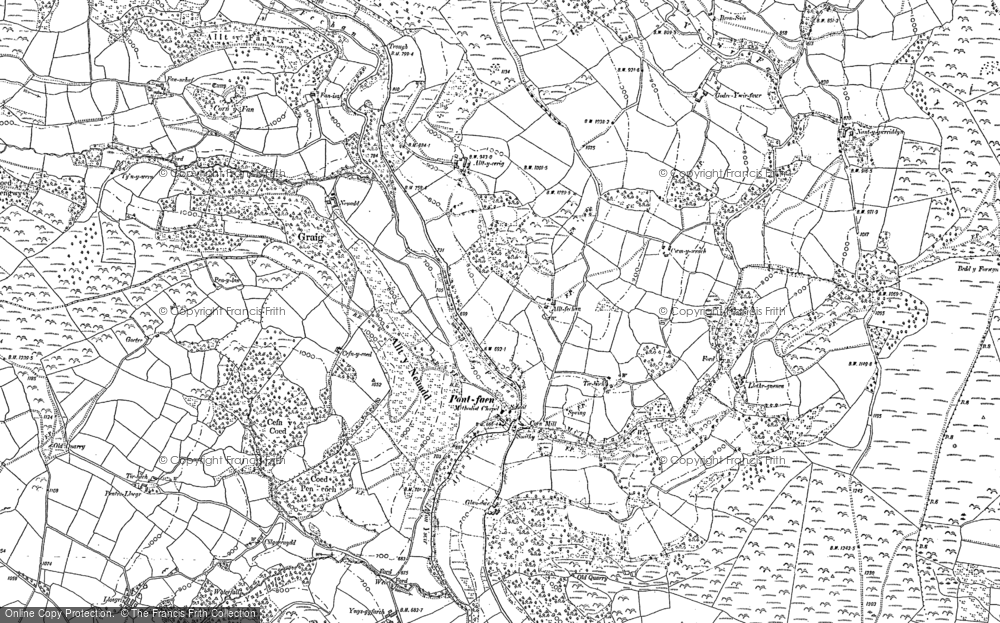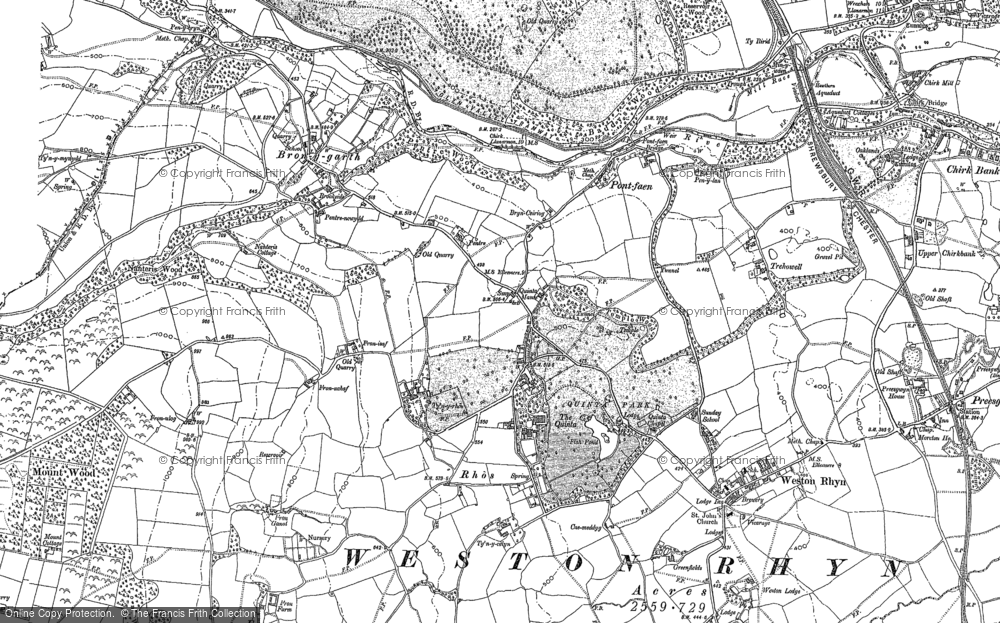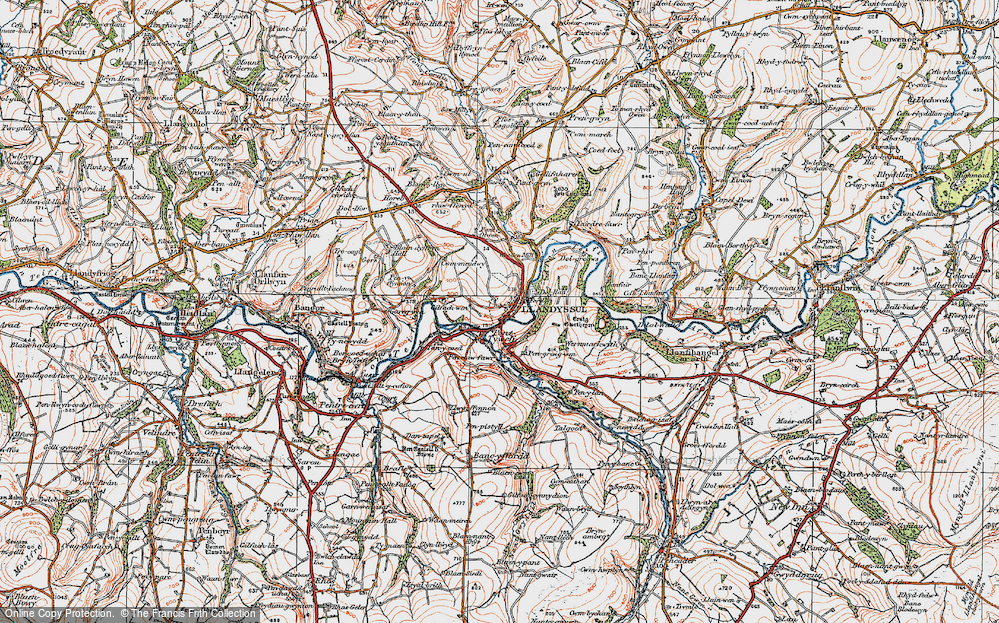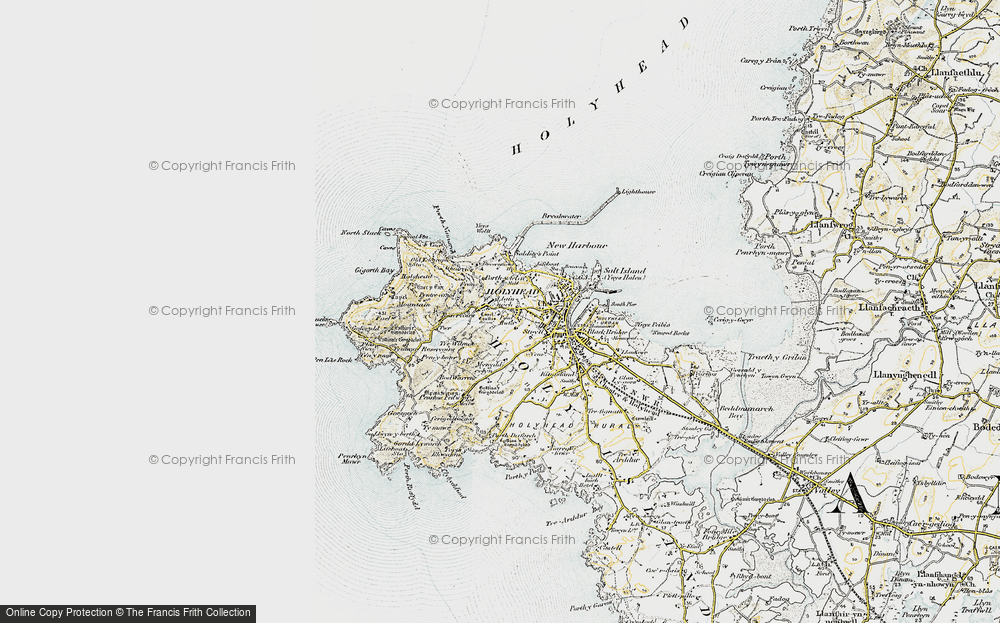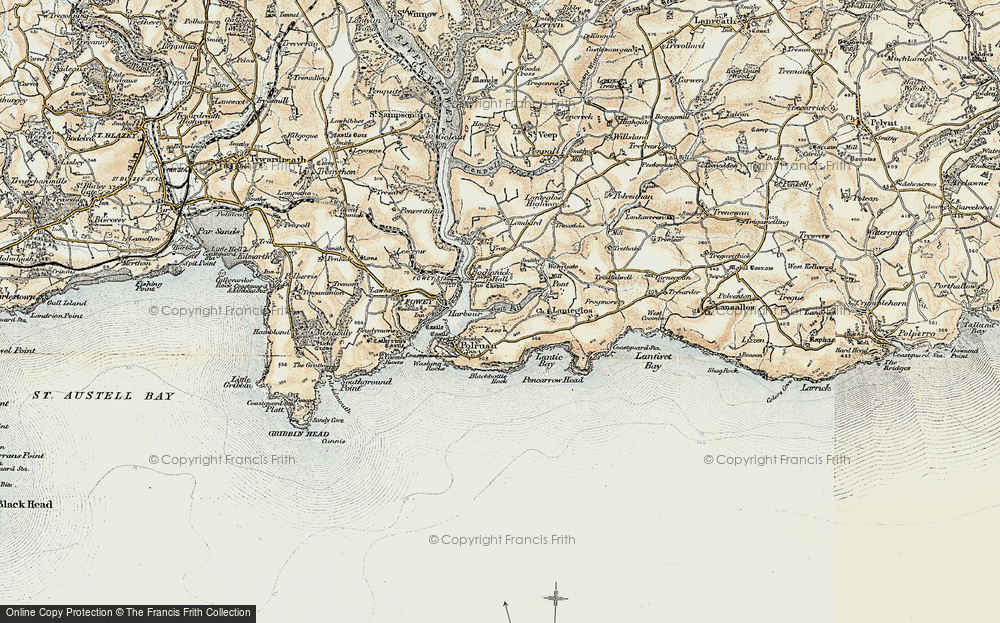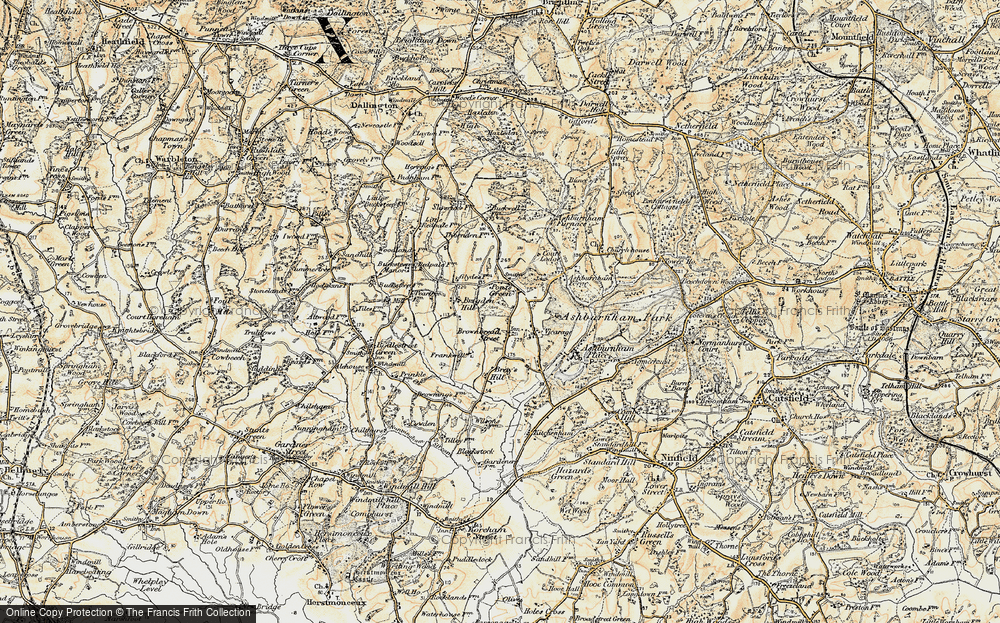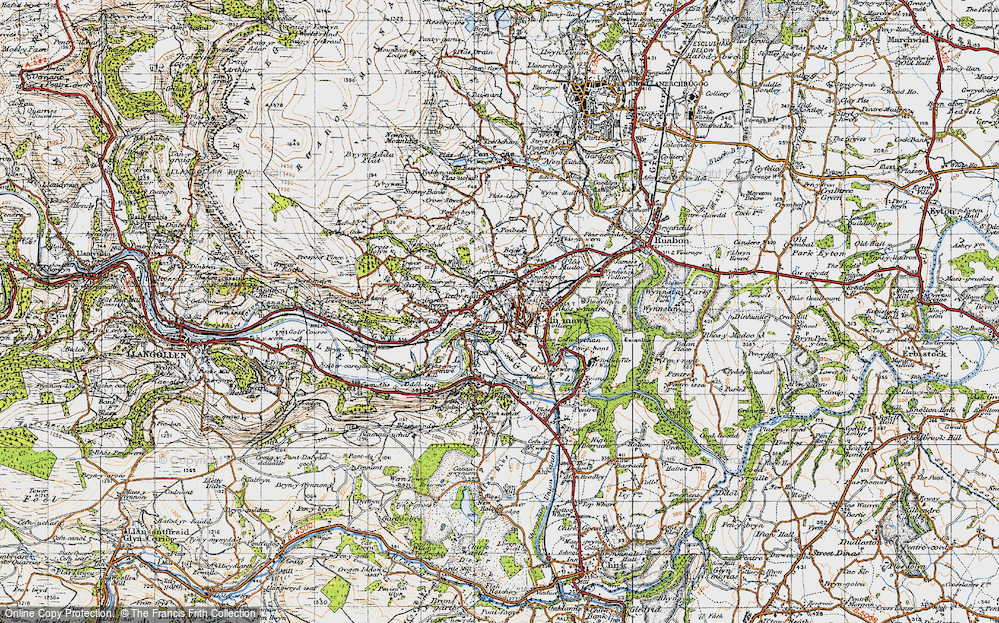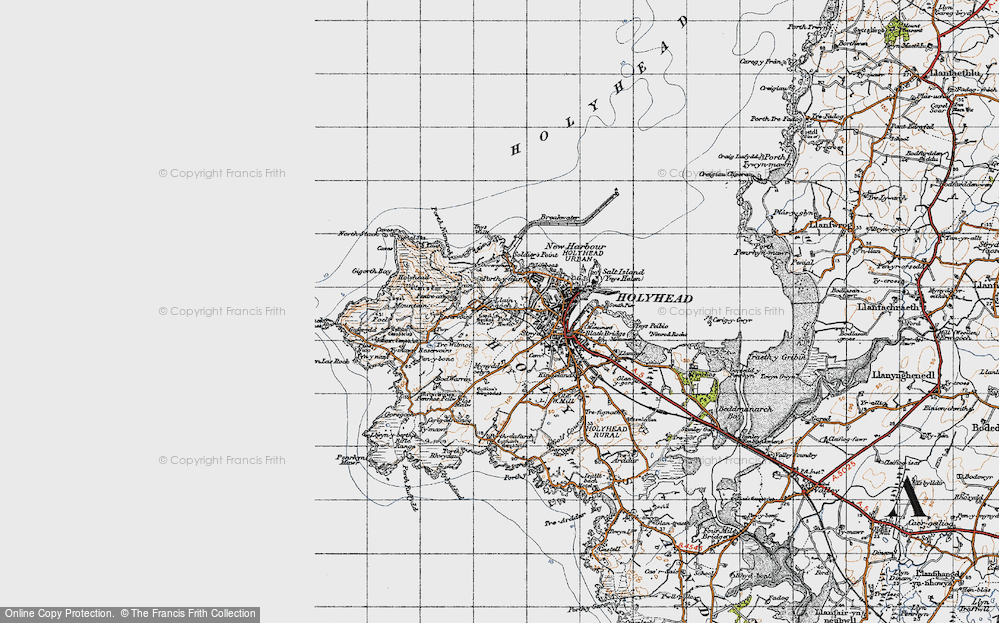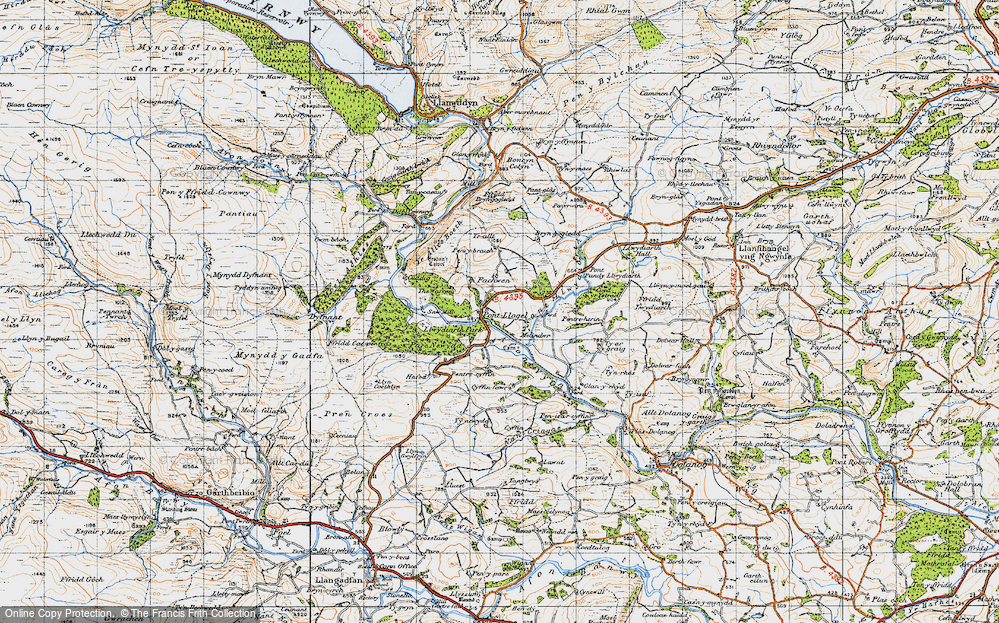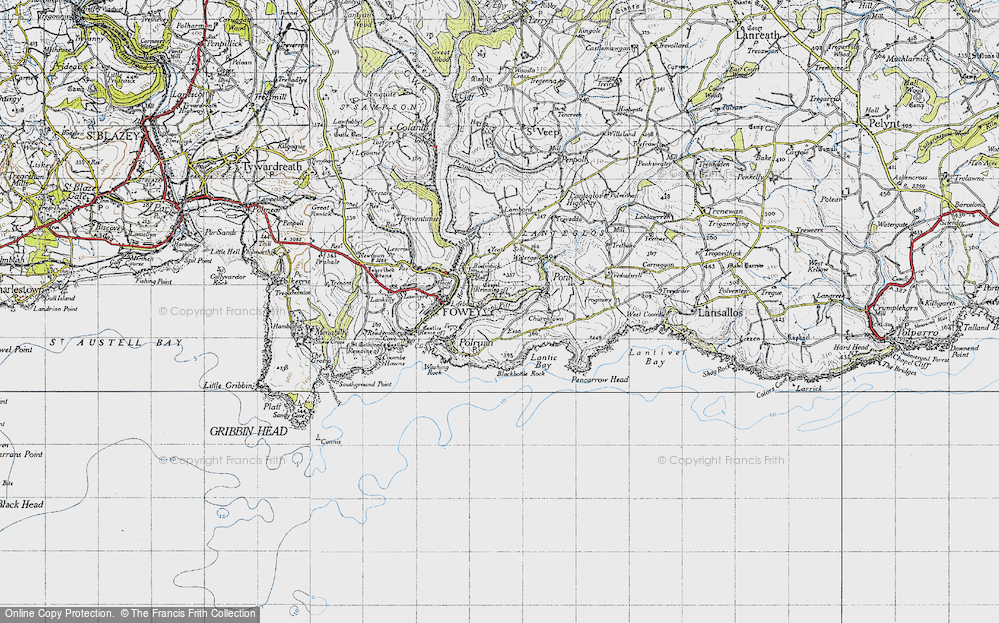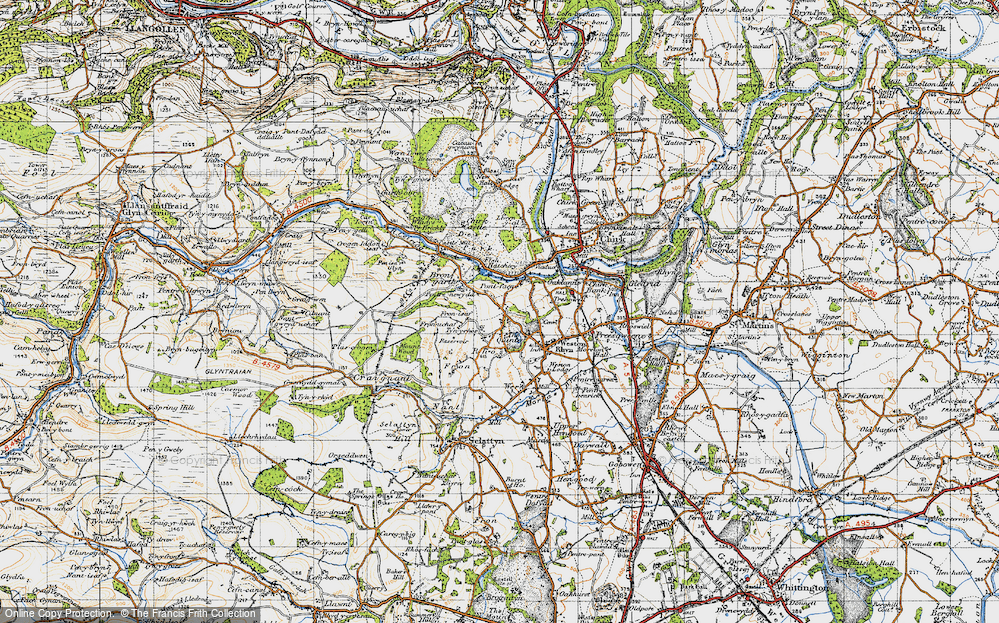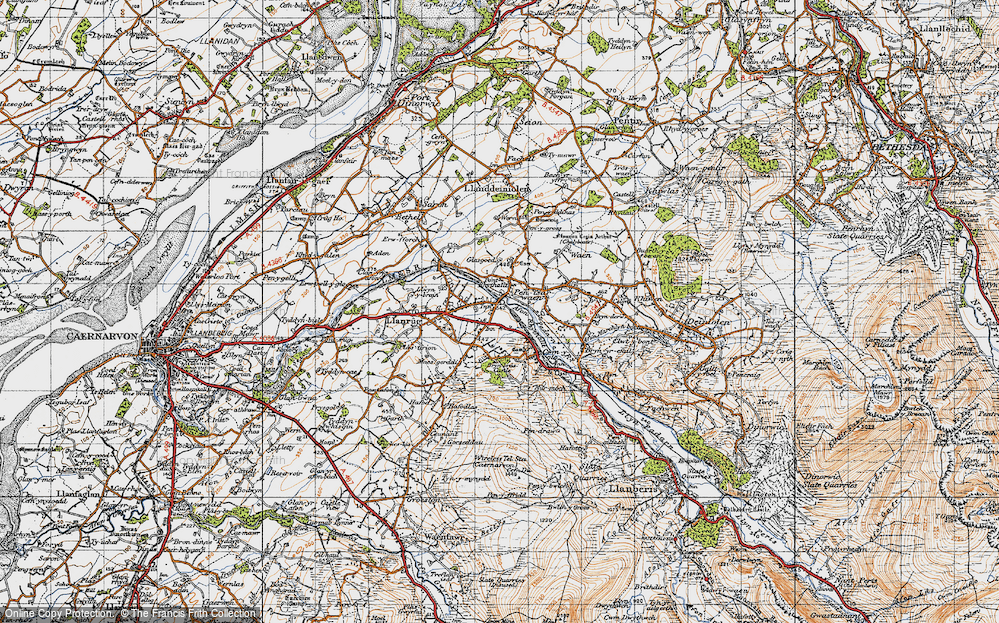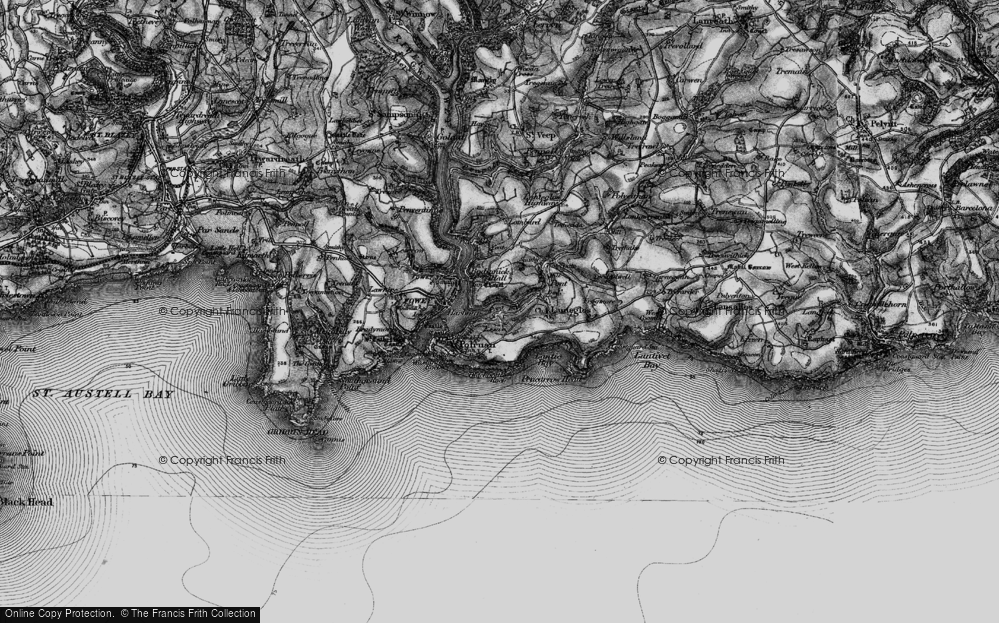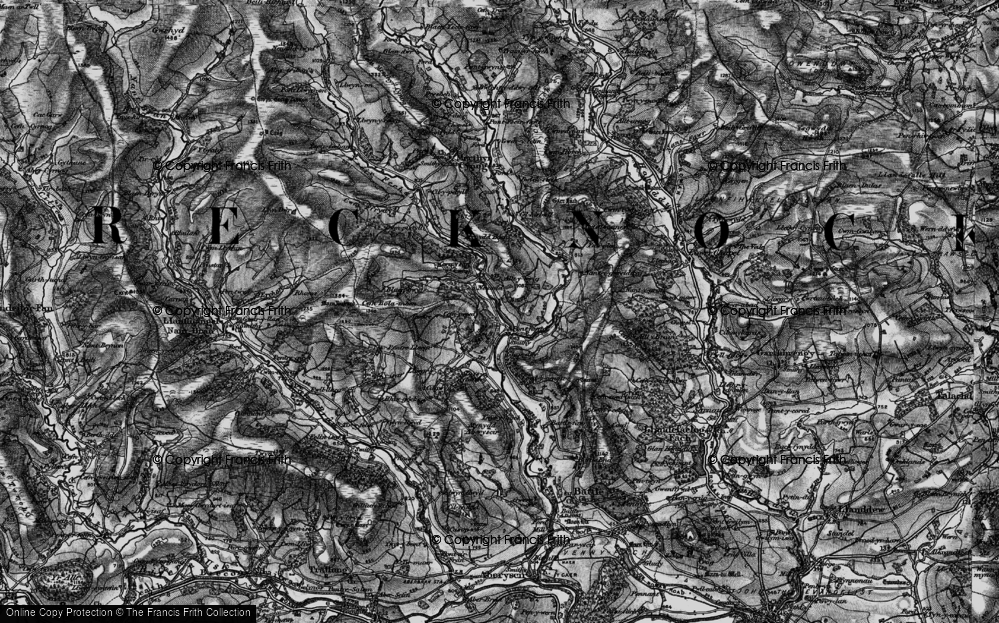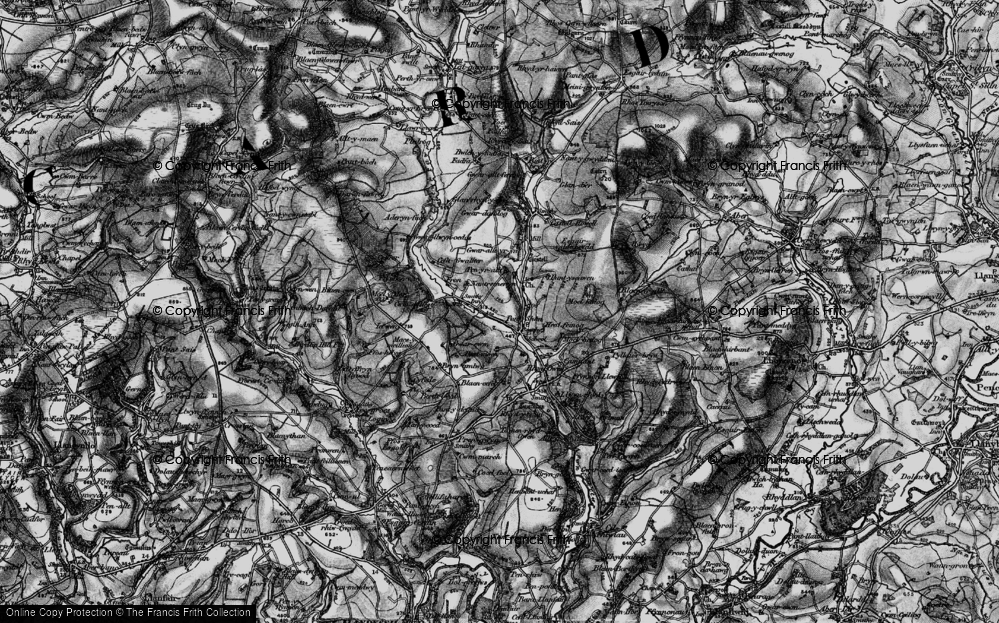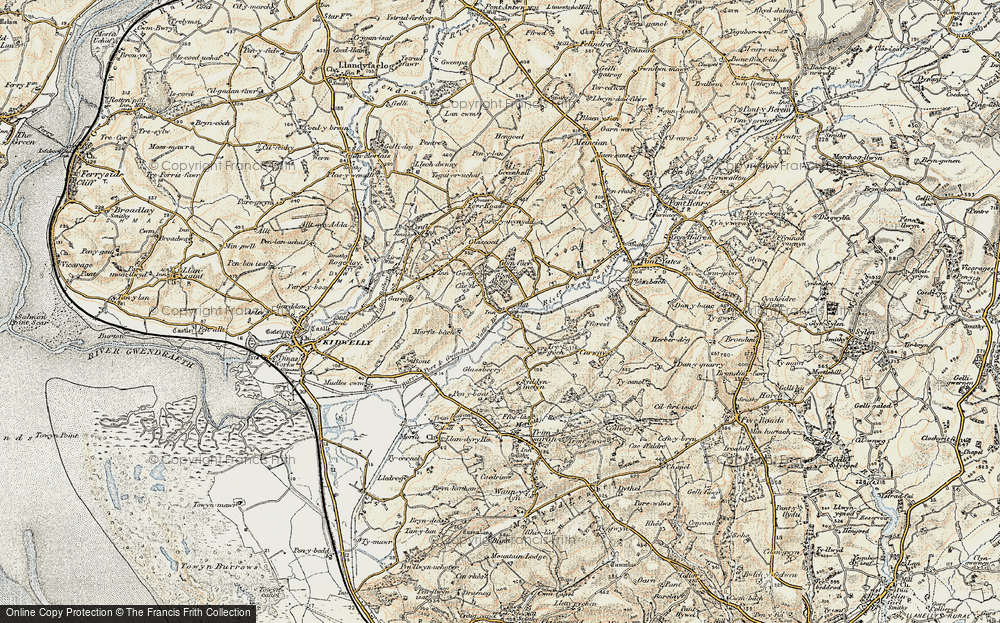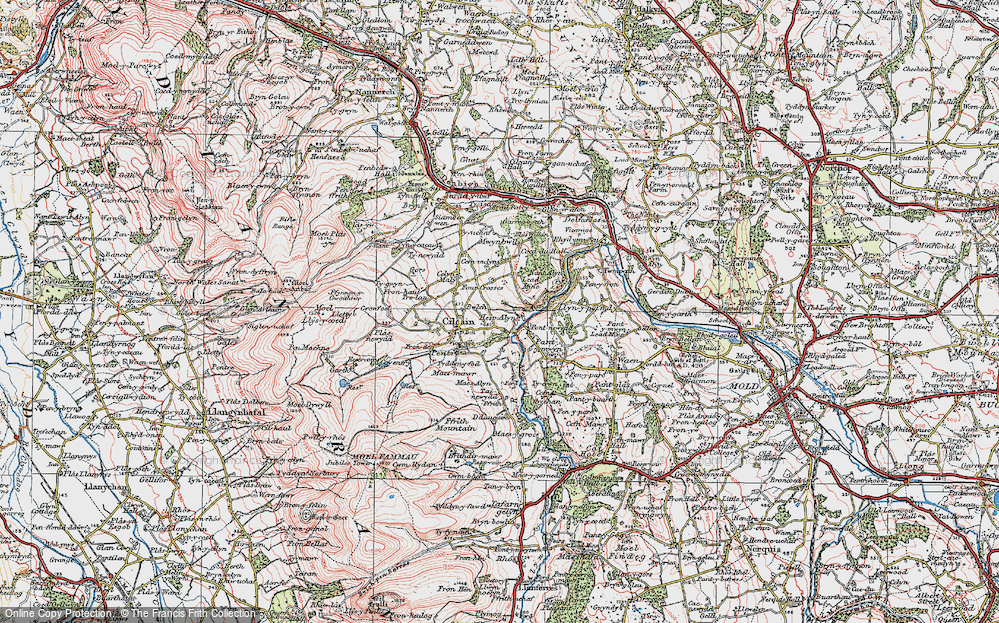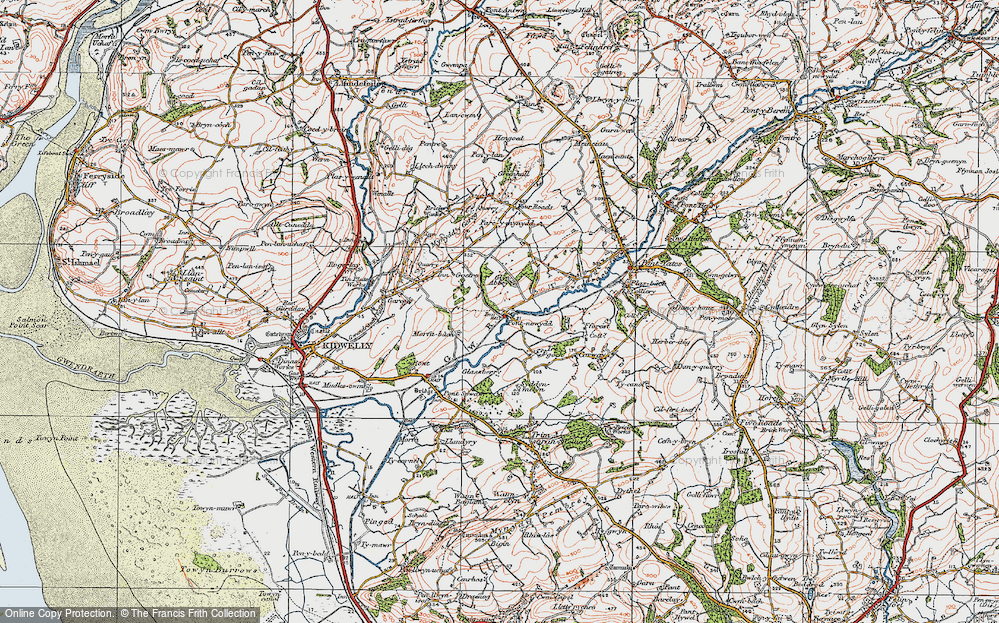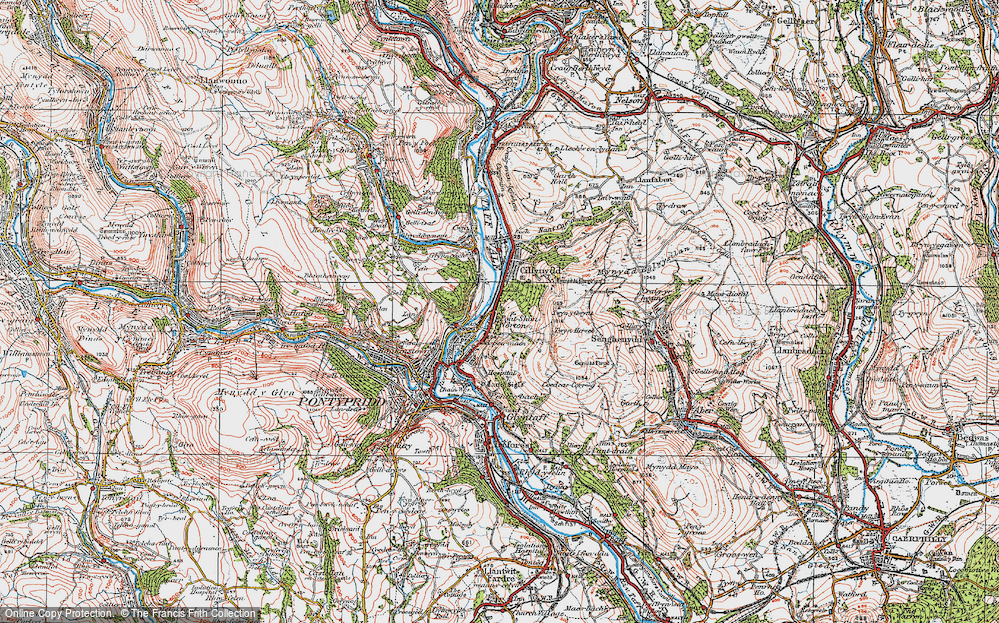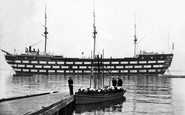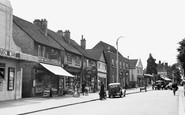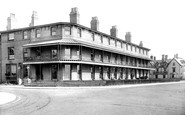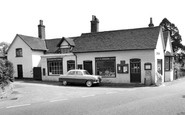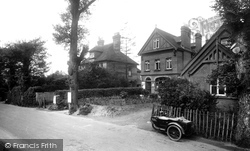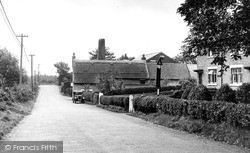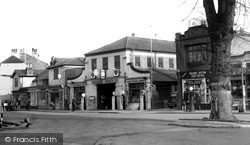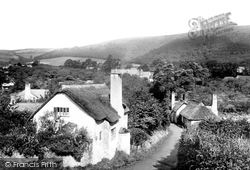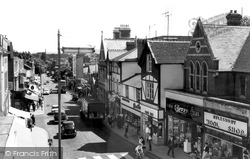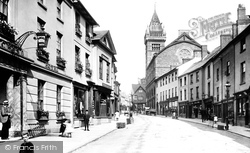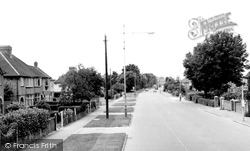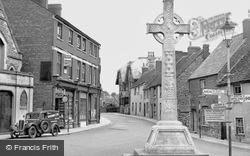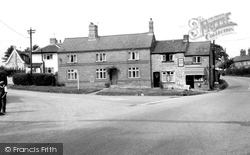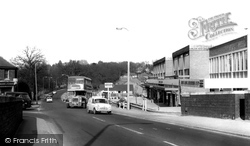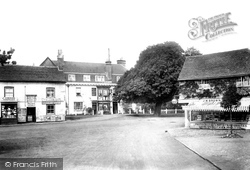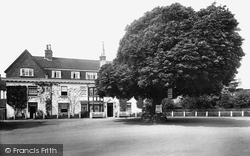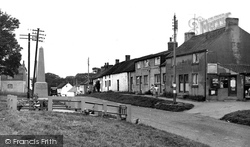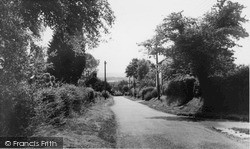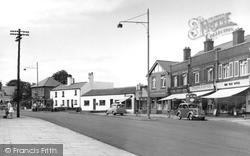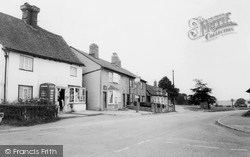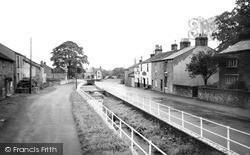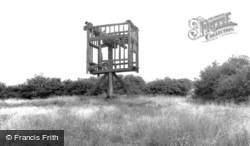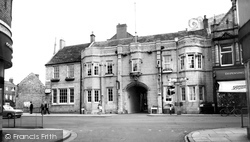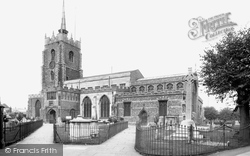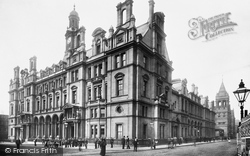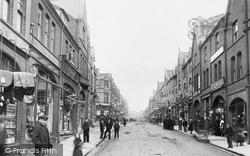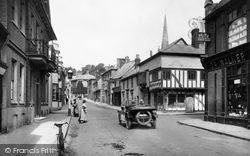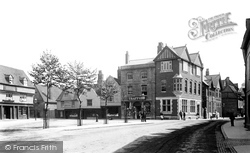Places
9 places found.
Those places high-lighted have photos. All locations may have maps, books and memories.
Photos
2,748 photos found. Showing results 101 to 120.
Maps
776 maps found.
Books
1 books found. Showing results 121 to 1.
Memories
2,736 memories found. Showing results 51 to 60.
Growing Up In Abridge Roger Walker
We moved to Abridge in 1948, I was 8 years old, with mum and dad Pat and Stan Walker. We lived at no 41 Pancroft Estate later re numbered 45. My early memories of the little villiage was of Brighty's shop and ...Read more
A memory of Abridge in 1948 by
Grandmother Lived At Gaywood Hall
My late grandmother, Sheila Clifford (Bagge) Evans, grew up at Gaywood Hall. I was very close to her and she shared many stories of growing up in this area with me. I live in the U.S., specifically Arizona, but hope to someday travel to Norfolk. posted May 27, 2007 by: Cristi (Barraza) Watson
A memory of Gaywood in 1920 by
Unchanged Lerryn
Lerryn is a place that one almost wants to keep secret so that it does not become a popular destination. It has barely changed in a hundred years. A beautiful and unspoilt village in a steep sided valley, Lerryn lies at the tidal ...Read more
A memory of Lerryn in 2004 by
One Lost Cinema
I love this photo of Loughton High Road as it shows just on the edge the cinema we used to have. Kids could go to Saturday morning pictures. We could see locally all the latest films. To depart this asset from our town was not really progress I think.
A memory of Loughton in 1955 by
Lost Places Of Bristol
Can anyone help me with some 'lost places' in Bristol? I'm trying to locate where Navarino Place was...and also St-Augustine-the-Less church. My Gtx3 grandfather died at no.6 Navarino Place in 1857 and many members of my ...Read more
A memory of Bristol in 1860 by
The Watford To Rickmansworth Railway In The Second World War
Croxley Green station is now - in the 21st century - merely a shadow of its former busy life. My Auntie Dorrie (Doris Lacey) worked at this station throughout the Second World War ...Read more
A memory of Croxley Green in 1940 by
Shops
Bryant's Post Office with Mrs Robson, a Queen Motherish figure always dressed in a black two piece, dishing out pensions, stamps and postal orders from the aloof position behind her cage. Duggie Bain's cobblers, the warm oily smell, ...Read more
A memory of Howden-le-Wear by
The Royal
The Royal Hotel was built in about 1872 and was still a hotel right up to about 1994 when the building became disused and went into a bad and poor building!!! But in 2007 the building has now been started work on to restore it to ...Read more
A memory of Clacton-On-Sea by
Post Office
I remember walking to this post office many a time as I used to live with my nan etc. at Churt House Cottage. The post office was run by a lady of the name Mrs Heaps. I used to go there for the big bottles of Tizer.
A memory of Frensham in 1957 by
Captions
1,653 captions found. Showing results 121 to 144.
This post office was built in 1900 on land belonging to the Betchworth Park Estate, and was designed to deal with the business of three villages, Betchworth, Brockham and Buckland, including sorting and
Not all post offices in the Fylde had a telegraph office early in the 20th century, nor could they deal with postal orders.
The best part of Thames Ditton architecturally is north and west of this viewpoint, which shows the post office at the High Street's junction with Ashley Road.
Webber's Post 1923 From near Luccombe the road climbs through Horner Woods to Webber's Post on Luccombe Hill and onto the wildest parts of Exmoor.
The photographer has climbed onto the upper storey of the building next to Marks & Spencer's to look past the 1890s Post Office, the Tudor-style building with the ball finial to its gable on the right,
The lamp post on the right marks the site of the town's first post office of 1835. Rising in the centre, the clock tower of the Town Hall of 1870 is a highly visible symbol of civic pride.
We can see tall lampposts, telephone line posts (still here), a bus stop and local shopping.
by the Gothic-style Methodist church (left) belongs to W Redman & Sons, the butchers, whose premises are next door to G H Handy, a tobacconist`s, which was once Westport Post
Next to an 18th century house of some interest, the post office, along with the pub, was the focal point of village life.
We can see part of the old post office, now a heating and plumbing shop (left), and the entrance to the precinct on the right.
Standing in the shadow of a great chestnut tree and originally a posting and coaching house, The Royal Anchor Hotel (centre) dates from the time of Samuel Pepys, who found 'good, honest people' here.
Standing in the shadow of a great chestnut tree and originally a posting and coaching house, The Royal Anchor Hotel (centre) dates from the time of Samuel Pepys, who found 'good, honest people' here.
Looking down the main street, we see the old post office (right), now two cottages. The new post office is in the Bull Inn, to the right, next to the tin-roofed church of St Thomas.
The late Victorian Red Lion pub on the left is closed and for sale (January 2004), while the post office on the right is, as in many other villages, closed and now a house, Post Office House.
The white-painted single-storey building in the middle of the row of shops originally had a thatched roof and was Irby's only shop, doubling also as the village post office.
The 17th-century post office stands at the corner of Bramfield Road and Mardlebury Road. It and the Plough beyond have today changed little since this photograph was taken.
Post Office Row (right) is remembered for Ellen Haworth, a diminutive lady. She was the schoolmaster's daughter, who kept the post office in 1890, and never left the village.
Here we see a post mill with an open trestle in its last stage of dereliction. The picture clearly shows the structural framing of a post mill with its trestle.
Lamp-posts that had lost their lamps now became supports for road directions, and streets were lit by electric lamps on long concrete posts; these were not in the least attractive, but were functional
When Chelmsford became the centre of a new diocese, it pipped several other applicants at the post.
The Post Office (1896) overlooks City Square, around which are now grouped the railway station, the Queen's Hotel and the former News Theatre.
This is a typical scene of the early 1900s: when word got out that a photographer was in the area, passers-by stopped and posed for the picture, just like today when TV crews and cameras come into town
The Post Office bought it for their use and moved from King Street in 1919. A lamp-post sign stands outside.
However, the two post-fire Victorian buildings are complete, the one nearer Smith's the post office (today it has a 1954 stone-framed shop front).
Places (9)
Photos (2748)
Memories (2736)
Books (1)
Maps (776)


